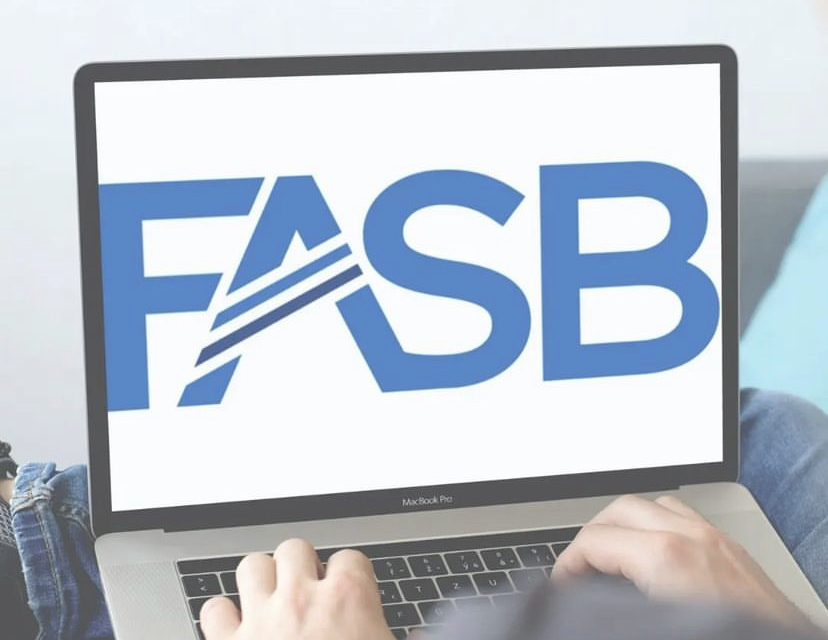Continued Layoffs
Over the past eight weeks or so we have seen millions of employees furloughed or laid off as the COVID-19 pandemic spread across our country. Job losses occurred in almost all industries, including employers big and small. The hospitality industry had 83% of employers conducting layoffs and 63% conducting furloughs. Furloughed employees with hopes of soon returning to their old jobs may now see their furloughs converted to permanent layoffs.
It is becoming increasingly apparent that many businesses that anticipated a return to business-as-usual, will not see it materialize. Even if some furloughed employees are recalled to reopened operations, it may only be a matter of time before they are again furloughed or perhaps permanently laid off despite their employer’s best efforts. It is virtually certain that Coronavirus and COVID-19-related layoffs are going to continue. In one survey, 32% of Chief Financial Officers said that they believe that there will be more job cuts. “While federal and state governments are seemingly doing all they can to support U.S. businesses, SHRM research shows one-third of U.S. employers are still laying off workers and will continue to do so in the weeks and months ahead” said Johnny C. Taylor, Jr., SHRM-SCP, SHRM president and CEO. That observation was confirmed by Dan Lovine, head of Oxford Economic Location Strategies, who was the lead researcher on the project. SHRM research also found that 52% of small businesses expect to close within 6 months. That equates to 14 million businesses.
Furloughs to Layoffs
While some employers instituted pay cuts or reduced hours, or both, as cost-cutting measures in an effort to weather the economic storm, most utilized employee furloughs and layoffs. The two are similar in effect, but furlough are generally viewed as temporary losses of employment with an intent to have the employee return to work. Layoffs, on the other hand, normally connote a more permanent separation of employment. No doubt some furloughed employees will be called back as businesses gradually reopen. They will be returning to a very different environment for both employees and employers
Reopening Issues
Throughout the COVID-19 pandemic, the Center for Disease Control and Prevention (CDC), the U.S. Department of Labor (DOL), the Occupational Safety and Health Administration (OSHA), state governments, and local health agencies have been issuing, revising and updating guidance and recommendations for prevention of workplace exposure to COVID-19. As businesses reopen, it is imperative that they have in place all measures of prevention recommended by the various authorities, to the fullest extent possible. Failure to take these steps will potentially expose employees and customers to infection. It could provide the basis for DOL and/or OSHA charges, as well as potential lawsuits. While Congress is currently debating some protections from liability for companies that adhere to the CDC and related guidelines, as part of any future stimulus bills, it is far from clear that it will be a reality.
Worker’s Compensation Claims
Employee claims of work-related infections are likely to be handled as workers compensation claims. However, because of the serious problems with proving the infection was contracted in the workplace, such claims may be dismissed. California, as the result of a recent executive order from Governor Newsom, has decided to provide a rebuttable presumption that the infection is work-related for Workers Compensation coverage. Other states are have taken a similar position.
Employee’s Afraid to Return to Work
An additional issue that is likely to arise is the refusal of furloughed employees to return to work for fear of contracting the virus. Such a refusal raises several potential legal considerations. Under normal circumstances, the employee’s refusal might be treated as a voluntary quit. It would also likely disqualify the employee for continued employment benefits. However, as one might expect, in these unprecedented circumstances the old rules might not apply. The employee may have an underlying medical condition or be of an age that makes them particularly vulnerable. In addition, the anxiety that fear of infection causes could constitute a “disability” under the Americans with Disabilities Act, as amended (ADA). That would obligate the employer to consider reasonable accommodation of the employee’s anxiety, such as a leave of absence. As you can see, a refusal to return is not as clear cut a circumstance as it might initially appear. Perhaps the safer course is to treat the employee as “inactive” and leave him/her on the payroll. Termination carries with it too many potential issues and potential liability.
Layoff Issues
Unless an employer is party to a collective bargaining agreement, which almost always contain layoff and recall procedures, or has specific written layoff procedures in its employment policies, there are no restrictions on how a permanent layoff is conducted. Of course, it cannot be discriminatory in that any group protected under federal or state law is subjected to disparate treatment. Employees are protected against discrimination because of their legally protected status (race, gender, age, disability, etc.) in all aspects of employment, including layoffs. One such category may be particularly vulnerable in a layoff, older workers. Because they are sometimes viewed as more expensive and less productive, there may be a tendency to see a general layoff as an opportunity to shed such workers. If a disproportionate number of employees over the age of 40 are subjected to permanent layoff, the disparate impact could provide the basis for age discrimination claims.
Should the business downturn last longer or be more severe, it is likely that even greater numbers of employees will face permanent layoff.
WARN Act Issues
Depending upon the number affected, it could trigger employer notice obligations under the Workers Adjustment and Retraining Act (WARN). The law generally covers employers with 100 or more employees. It requires that employers provide notification 60 calendar days in advance of plant closings or mass layoffs. Notice must also be given to the State dislocated worker unit and to the chief elected official of the local government in which the employment site is located. The layoffs that may be necessitated by a long-term business downturn could become a “mass layoff” for WARN purposes. A covered mass layoff occurs when 50 to 499 employees are affected during any 30-day period at a single employment site, or as the result of multiple layoffs during a 90-day look-back period. This latter circumstance could apply to a situation where previously furloughed or laid off employees and employees that are now being laid off total more than 50 employees in a 90-day period. The layoff must last more than six months for WARN to apply. In light of the many uncertainties about the economy, employers should assume that the layoff could exceed six months and give the required WARN notice.
There are some limited exceptions to the 60-day notice requirement. The one that has been cited by some as possibly applying to the current situation is the “Unforeseen Business Circumstances Exception”. It generally applies when business circumstances were not reasonably foreseeable at the time that 60 days’ notice would have been possible. The circumstances must be a dramatic change outside of the employer’s control, such as the loss of a major contract or a dramatic economic downturn. An employer is still required to provide as much notice as possible. The longer the pandemic and the resulting economic downturn continue, the less likely it is that the situation can be deemed “unforeseen”.
Pandemic-related lawsuits
The American Bar Association reported that as of the first week in May 2020, more than 800 COVID-19 related lawsuits have been filed.
There is much speculation that we may be seeing the beginning of what could become an avalanche of litigation related to COVID-19 issues. This could include claims by both employees and customers of recently reopened businesses. There are currently discussions in Congress regarding that any new COVID-19 stimulus measures include some protections from liability for companies subjected to such legal action provided they followed the CDC coronavirus prevention guidelines.
Claims by employees that their COVID-19 infection is work-related may be treated as a worker’s compensation claim. However, such claims will face a major hurdle in proving that the infection was contracted in the workplace. The reality of community spread of the COVID-19 infection makes a strong counterargument. California, by a recent executive order from Governor Newsom, has created a rebuttable presumption the infection is a work-related illness if the employee has been in the workplace. The presumption of work-relatedness will only apply from March 19th through July 5th. Other states may be considering similar actions.
An employer’s best course of action to protect employees and customers, and minimize the potential for legal actions is to continue to do what most have already done – follow to the fullest extent possible all CDC, OSHA, and state and local health agency recommendation for preventive measures. By consistently demonstrating to all who enter the company premises, employees and customers alike, that the steps recommended by the various governmental agencies are being followed, any concerns they might have will be minimized. Hopefully, it will also help protect against any legal actions that might arise.
=======
Richard D. Alaniz, J.D., is a partner at Alaniz Law & Associates, a labor and employment firm based in Houston. He has been at the forefront of labor and employment law for over forty years, including stints with the U.S. Department of Labor and the National Labor Relations Board. Rick is a prolific writer on labor and employment law and conducts frequent seminars to client companies and trade associations across the country. Questions about this article, or requests to subscribe to receive Rick’s monthly articles, can be addressed to Rick at (281) 833-2200 or ralaniz@alaniz-law.com.
Thanks for reading CPA Practice Advisor!
Subscribe Already registered? Log In
Need more information? Read the FAQs
Tags: Accounting, Benefits, Firm Management, Payroll





